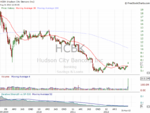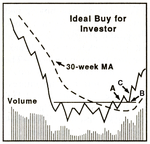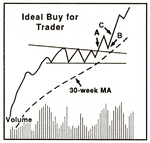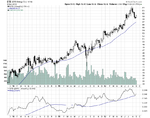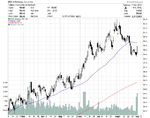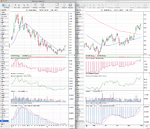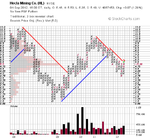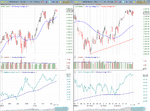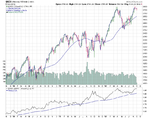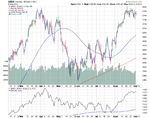WHAT TO BUY
My "Forest to the Trees" Approach
Just as important as when to do new buying is what to buy. This is actually a far more complicated decision to reach. Once you digest the ideas in this section, it too will become routine.
It is really a three-part equation that I call my "Forest to the Trees" approach. What I mean is that you should work from the larger question - how's the overall market - down to the smaller component - which stock looks best to buy. In between these two extremes is the middle part of the equation - which group is acting best technically. So the process unfolds in the following manner:
- What's the trend of the market? If it's negative, you'll want to do very little if any buying, even if you see some stocks breaking out. Your probabilities of success are quite low when the market trend is going against you.
- Which few groups look the best technically? The importance of this question can't be overemphasized since my studies have consistently shown that two equally bullish charts will perform far differently if one is from a bullish sector while the other breakout is in a bearish group. The favorable chart in the bullish group will often quickly advance 50 to 75 percent while the equally bullish chart in the bearish group may struggle to a 5 to 10 percent gain.
- Once you determine that the market trend is bullish and Group A acts the very best technically, the final step in the process is to zero in on the one or two best individual chart patterns in that sector.
If you follow this three-step process, you will find yourself heavily invested in the best acting stocks when the market is powering ahead, and sitting on large cash reserves when the overall trend turns bearish.
Quote taken from page 75 in the book

